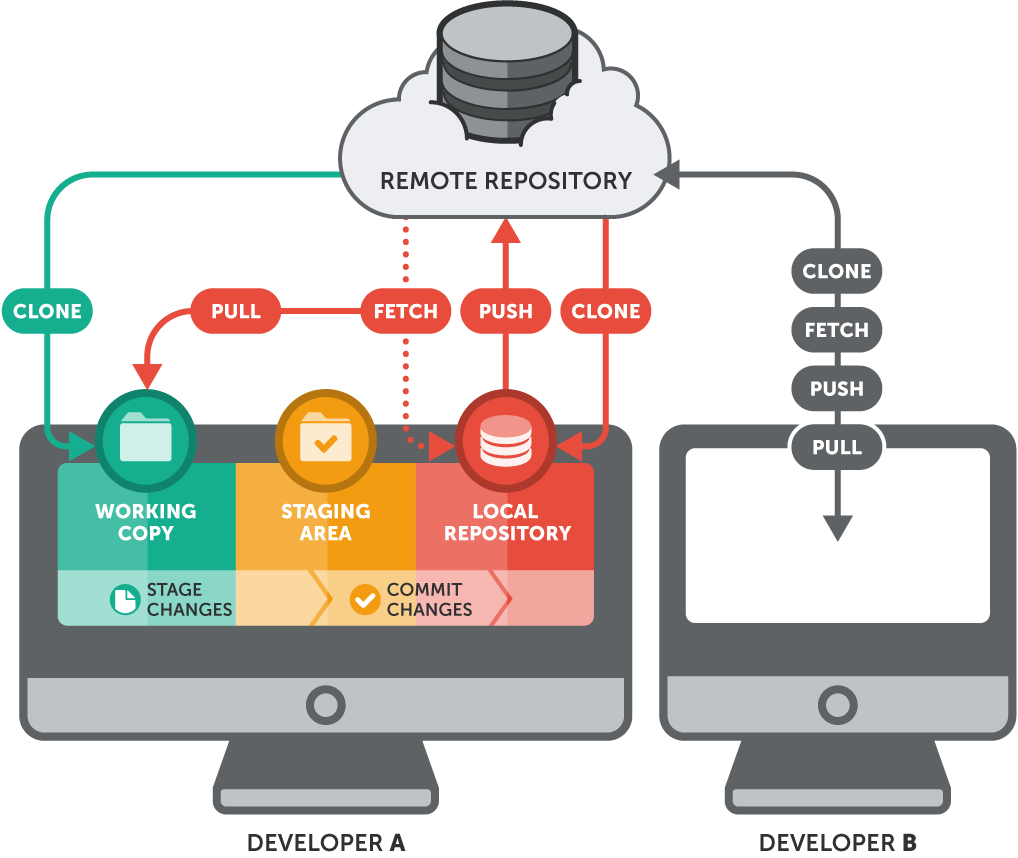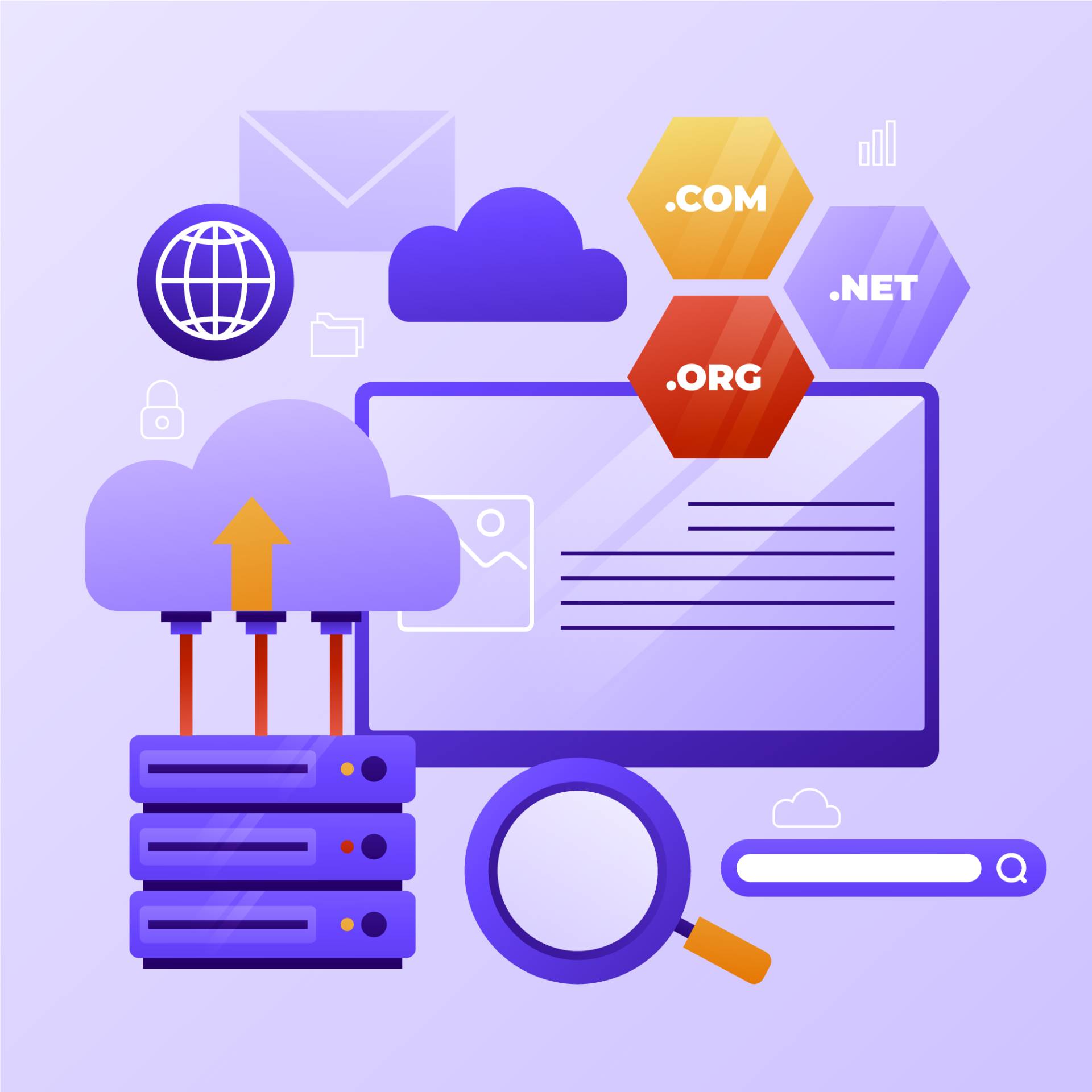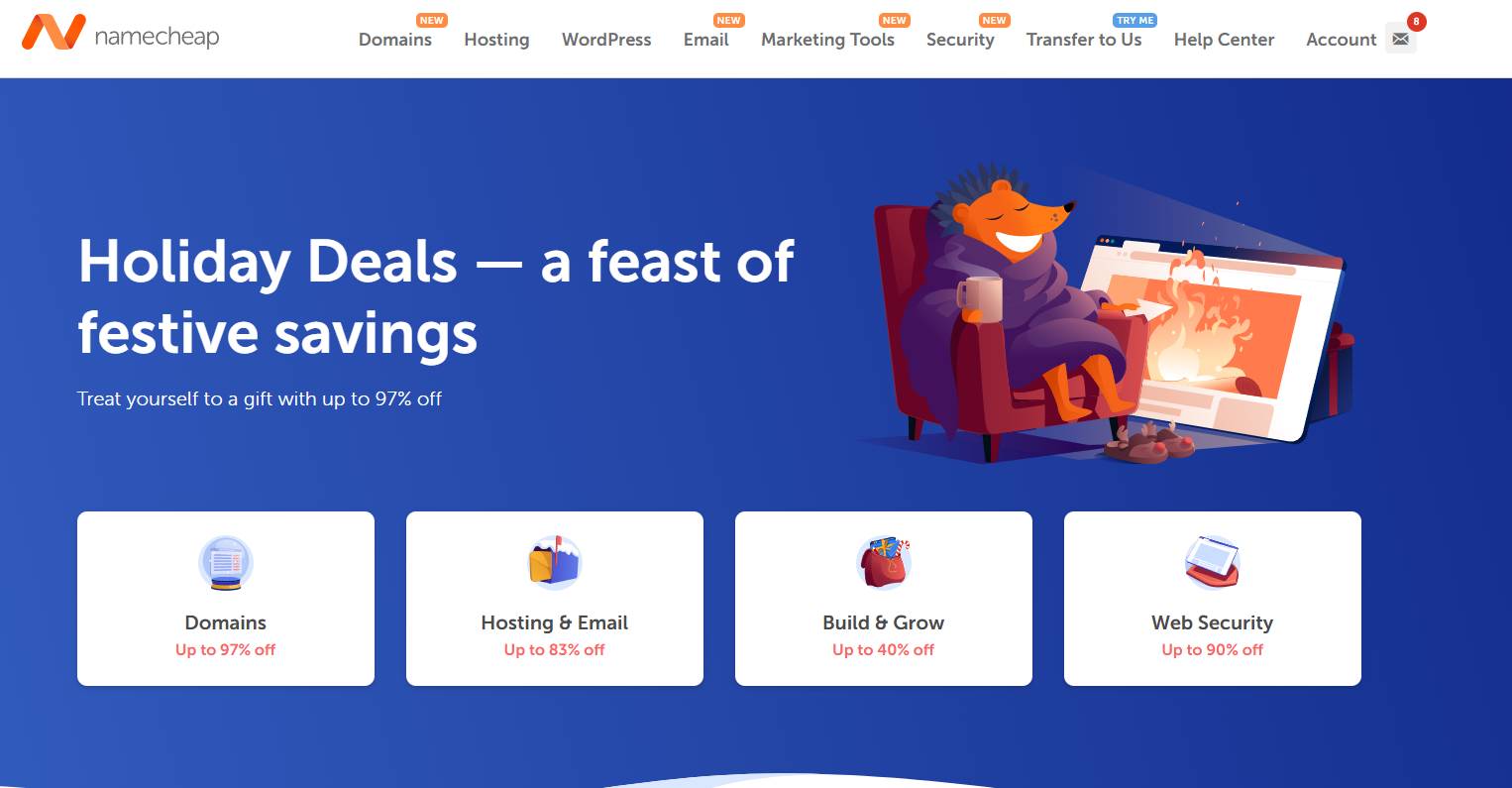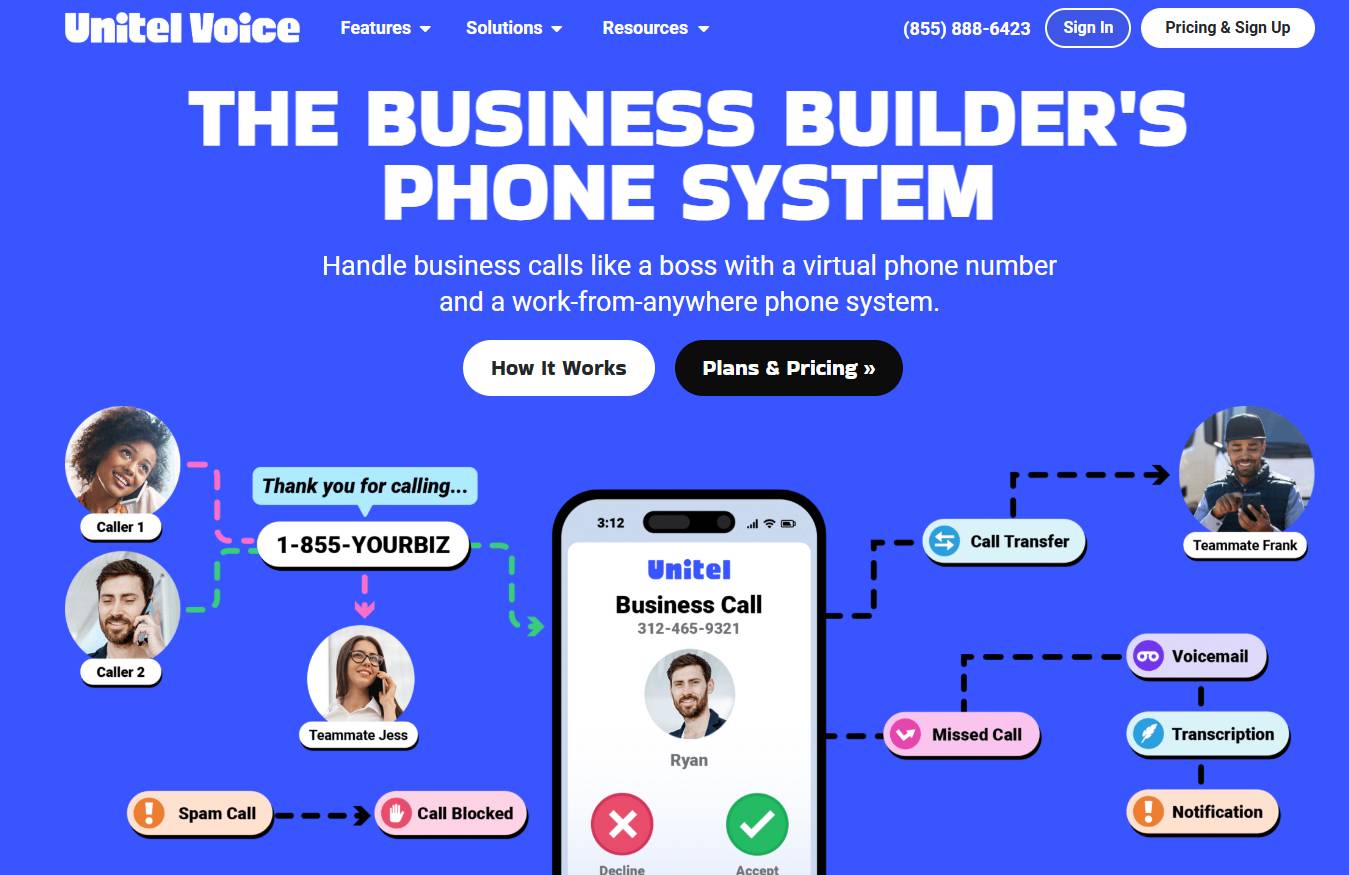
How to Build an Online Store: A Step-by-Step Guide for Entrepreneurs
Read Time: 5 minutes
Note: Some links may be affiliate links, meaning I may earn a small commission if you choose to sign up, at no extra cost to you. Your support helps me continue sharing valuable content!
What is Shopify?
Shopify is an all-in-one eCommerce platform that enables anyone to create, customize, and manage an online store without extensive technical knowledge. Whether you’re selling products, services, or digital downloads, Shopify provides a complete toolkit to build and scale your online business.
Popular among businesses of all sizes—from small startups to well-known brands—Shopify hosts over 4 million stores globally, with notable brands like Gymshark and Tesla using it for their online sales.
1. Store Setup
Shopify’s easy setup process helps you establish your store’s basic structure, including adding products, choosing a theme, and setting up categories.
2. Payment Processing
Shopify has built-in payment gateways (such as Shopify Payments and PayPal) that allow you to accept credit cards, Apple Pay, Google Pay, and more.
3. Inventory Management
Track stock, create product variants, set prices, and get alerts on low stock, all within the platform.
4. Shipping and Taxes
Configure shipping rates based on location and product weight, and manage taxes automatically.
5. Sales Channels
Shopify integrates with various sales channels, such as social media platforms, Amazon, and Google Shopping, making it easy to reach customers everywhere.
What Sets Shopify Apart?
Shopify stands out for its ease of use, flexibility, and integrations with thousands of apps. Here’s what makes Shopify different:
- User-Friendly Interface: Shopify’s dashboard is simple to navigate, so you don’t need technical skills to set up and manage your store.
- App Ecosystem: Shopify’s App Store has over 6,000 apps to help automate tasks, manage marketing, handle inventory, and more.
- Customizable Options: With Shopify themes and a custom coding option, you can create a unique store that aligns with your brand’s style.
- 24/7 Support: Shopify provides round-the-clock customer service through chat, email, and phone support, making it ideal for businesses that need constant support.
- Self-Hosting: One of the significant advantages of Shopify is that it hosts your store, meaning you don’t need a separate hosting provider. This feature not only simplifies the setup process but also ensures that your website runs smoothly and securely.
By choosing Shopify, you have a reliable, scalable solution that grows with your business while saving you time and resources.
How to Create Your Online Store on Shopify
1. Sign Up for a Free Trial
Start with Shopify’s 14-day free trial, which lets you explore features and build a basic store before committing.
2. Pick a Plan
Shopify offers plans based on business size and needs. Choose the Basic plan for startups, Shopify for established businesses, or Advanced for scaling enterprises.
3. Select a Theme
Shopify’s Theme Store provides numerous options. For a truly unique look, you can explore various themes that match your brand’s identity.
4. Add Products
Upload product photos, write descriptions, set prices, and configure inventory details. High-quality images and compelling descriptions are key for boosting sales.
5. Configure Shipping and Payments
Set shipping options and integrate your preferred payment methods to make checkout easy for your customers.
6. Launch and Market
Once your store is ready, launch it! Use Shopify’s built-in SEO tools, analytics, and marketing integrations to grow your audience and track results.
Automating Your Shopify Store
Automation is one of Shopify’s biggest strengths, especially for busy entrepreneurs. Shopify’s app ecosystem includes powerful tools to streamline daily tasks:
- Inventory Management: Apps like Stocky track stock levels and reordering.
- Email Marketing: Connect Shopify with Mailchimp or Klaviyo to send automated welcome emails, cart recovery messages, and more.
- Customer Service: Use apps like Gorgias to manage customer inquiries, FAQs, and reviews.
- Sales and Discounts: Apps such as Bold Discounts let you automate sales and discounts, perfect for seasonal promotions.
With the right apps and integrations, you can spend less time on admin tasks and more time focusing on growth.
The Benefits of a Custom Front-End Design for Your Shopify Store
While Shopify provides attractive themes, a custom front-end design can make your store truly stand out. Here’s why a custom front end is beneficial:
- Brand Identity: A well-designed front end reflects your brand’s personality, helping you stand out in a crowded market.
- User Experience: Custom navigation, responsive layouts, and interactive elements make shopping smoother, boosting conversions.
- SEO Benefits: Custom coding optimizes load times and improves SEO, helping your store rank higher.
- Trustworthiness: A polished design signals professionalism, giving customers more confidence in purchasing from your store.
Shopify Trivia
Shopify was founded in 2006 by Tobias Lütke, Daniel Weinand, and Scott Lake in Ottawa, Canada. Originally built as a platform for selling snowboarding gear, Shopify quickly evolved into a powerful tool for anyone to launch an online store with minimal technical knowledge. Fast forward to today, Shopify has become a global leader in eCommerce, hosting millions of businesses in over 175 countries.
Fun Fact: Shopify’s stock value surged dramatically after its IPO in 2015, underscoring its success and appeal to entrepreneurs worldwide!
Competitors and How Shopify Stands Out
Shopify faces competition from several major players in the eCommerce space, including WooCommerce, BigCommerce, Wix, and Magento. Here’s how Shopify differs from these platforms:
- WooCommerce: While WooCommerce is popular for WordPress users, it requires a self-hosted WordPress site and offers fewer built-in eCommerce features than Shopify. Shopify’s hosting and payment solutions simplify the setup and management process, making it a more streamlined choice.
- BigCommerce: Known for robust features, BigCommerce is a close competitor but is often viewed as more complex to navigate. Shopify’s intuitive user interface and design flexibility make it easier for beginners and established brands alike.
- Wix: Wix offers basic eCommerce functions but lacks the powerful app ecosystem and scalability that Shopify provides. Shopify’s app marketplace and customizable features make it better suited for businesses aiming to grow.
- Magento: A powerhouse for larger enterprises, Magento offers deep customization but requires significant development expertise. Shopify simplifies this process, providing a more accessible solution for small to medium-sized businesses.
These differences highlight why Shopify remains a go-to choice for many entrepreneurs looking for an easy, all-in-one eCommerce platform that can grow with them.
Get Started with Shopify
Ready to bring your business online? Sign up for Shopify here and start building your online store today! It’s time to launch your brand, reach new customers, and grow your business effortlessly with Shopify’s powerful tools and support.

















